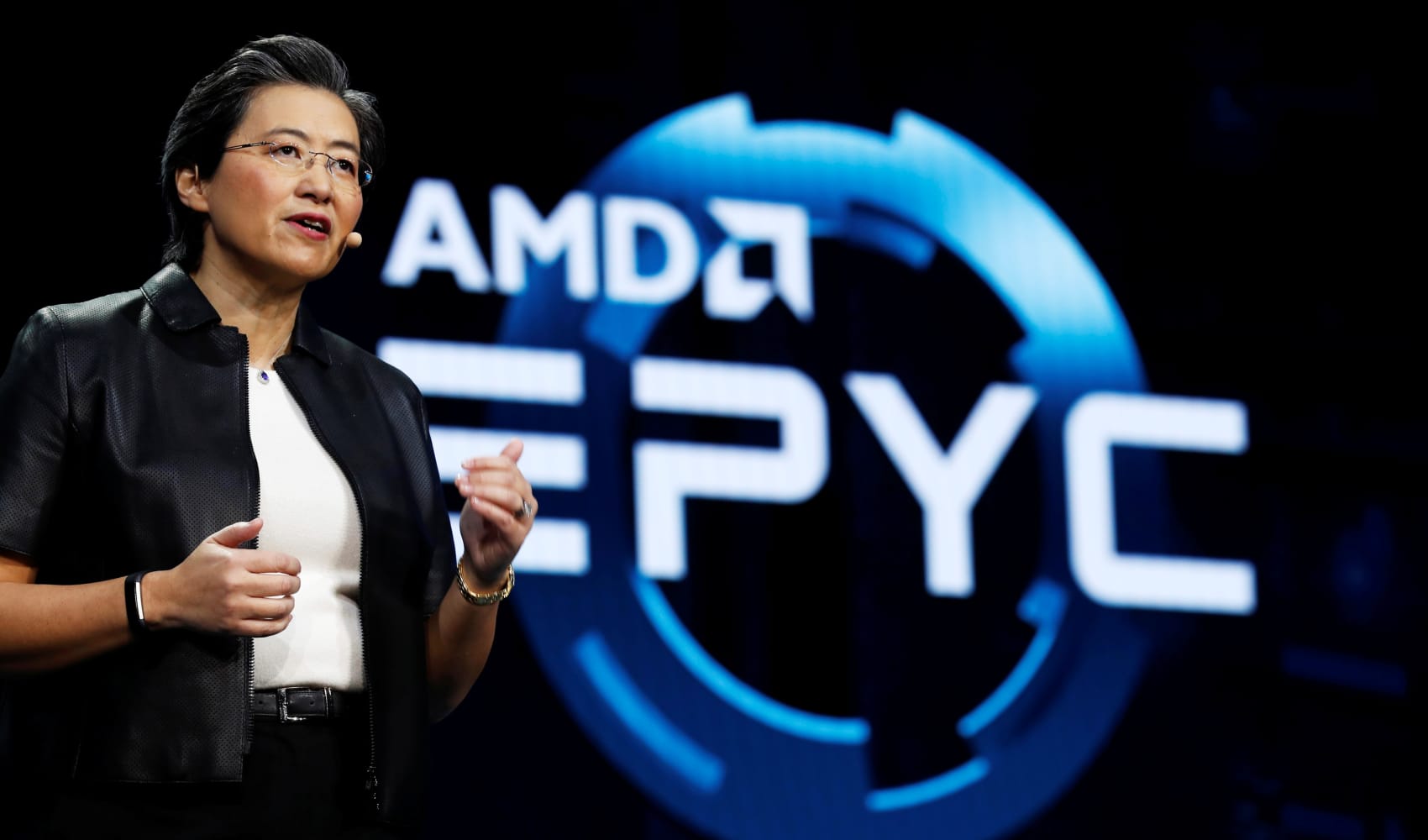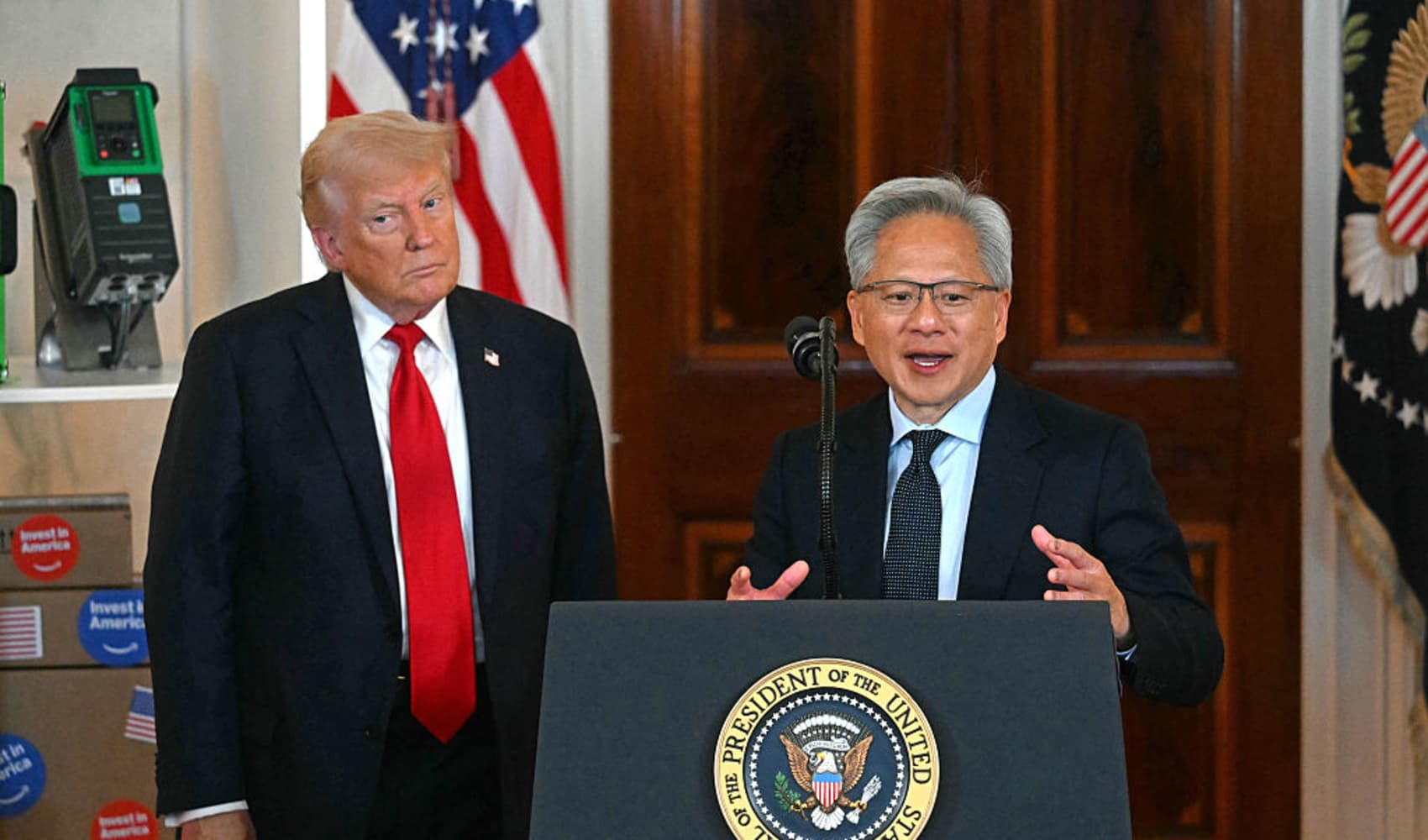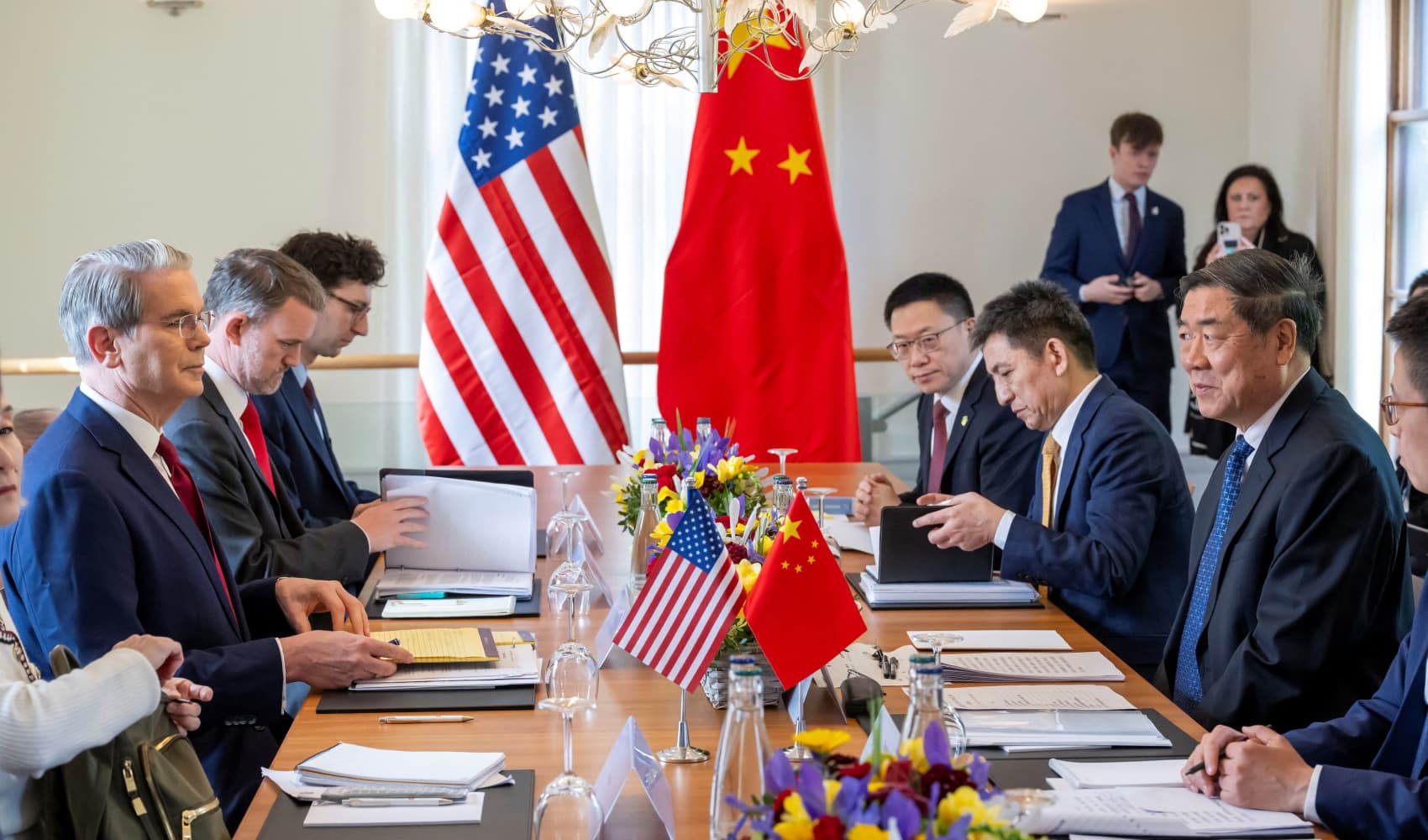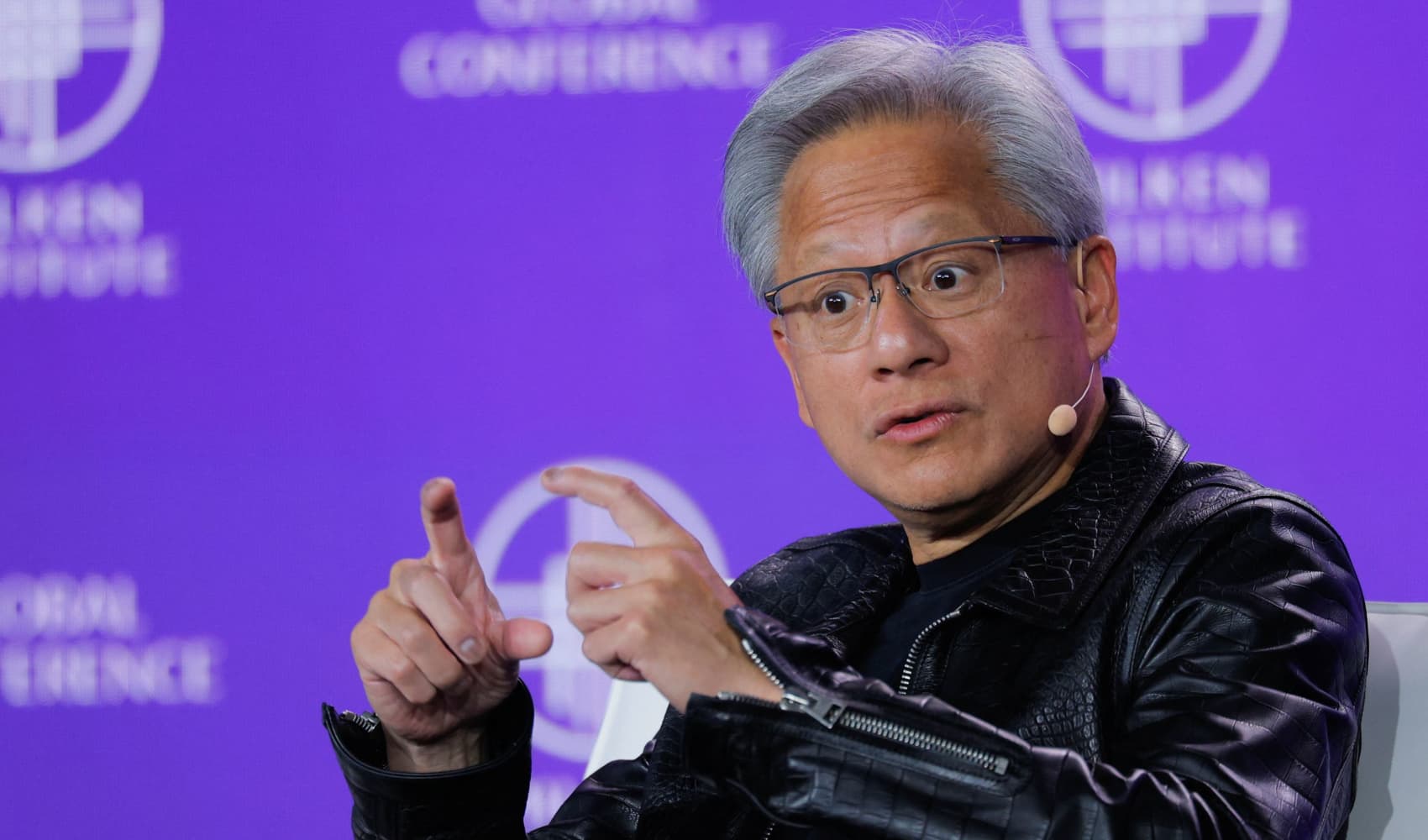AMD Earnings Soar, China Hit Looms: What's Next?
AMD's AI Gamble: Earnings Soar, China Restrictions Bite!
Introduction: A Tale of Two Fortunes for AMD
So, AMD just dropped its latest earnings report, and it's a mixed bag. Think of it like ordering a pizza – you're excited for the deliciousness, but then you find out half the toppings are missing. On the one hand, AMD crushed expectations, showing strength in its data center segment, especially with those fancy AI chips. On the other hand, a $1.5 billion revenue hit looms large due to new restrictions on exporting those same AI chips to China. Talk about a buzzkill! Let's dive into what's going on and what it means for the future of this tech giant.
Q1 Earnings: A Victory Lap... Almost
AMD reported first fiscal-quarter earnings on Tuesday that topped expectations, and provided a strong guide for current-quarter revenue. It's like they hit the jackpot at the casino – for a little while, anyway. Before we get bogged down in numbers, know that this quarter was a win. But the victory is tempered by what's on the horizon.
Breaking Down the Numbers
Shares of AMD were up 4% in extended trading before receding to fall less than 1% after the company discussed the effect of AI chip export controls. Here’s how the chipmaker did versus LSEG expectations for the quarter that ended March 29:
- Earnings per share: 62 cents vs. 61 cents expected
- Revenue: $5.47 billion vs. $5.46 billion expected
So, AMD didn't just meet expectations; they *exceeded* them. Good news all around, right? Well, almost.
Data Center Dominance: The AI Engine Roars
The real star of the show was AMD's data center segment. This includes sales of both CPUs and GPUs used in servers, especially those designed for AI applications. And guess what? This segment is booming!
57% Growth: Riding the AI Wave
AMD’s data center segment rose by a whopping 57%. This isn't just growth; it's an explosion. Everyone wants AI, and AMD is in a prime position to deliver the processing power needed to fuel this demand. Think of it as catching the perfect wave – AMD is riding high on the AI surfboard.
MI300: The AI Powerhouse
The success of the data center segment is largely due to the MI300 series of AI accelerators. These chips are designed to compete directly with Nvidia's offerings, and they're clearly making an impact. It's like AMD finally brought the right weapon to the AI battle, and it's landing blows.
The China Conundrum: $1.5 Billion Problem
Now for the bad news. The U.S. government has placed restrictions on the export of certain advanced AI chips to China, and this is going to cost AMD big time. How big? Try $1.5 billion in lost revenue.
Understanding the Restrictions
These restrictions are aimed at preventing China from using advanced AI technology for military or surveillance purposes. The idea is to limit China's access to the most powerful chips that can be used to train large AI models. But the side effect is that companies like AMD, which have a significant presence in the Chinese market, will suffer.
The $1.5 Billion Impact: A Painful Pill to Swallow
AMD anticipates a $1.5 billion hit to its revenue as a direct result of these export restrictions. That's a lot of money! It's like finding a winning lottery ticket, only to discover you can't cash it in.
$800 Million in Costs: The Immediate Damage
AMD’s forecast also included $800 million in costs that the company said it would incur because the U.S. limited the export of some of the company’s artificial intelligence chips during the quarter. This is like throwing a stone in the middle of the earnings pool!
Navigating the Storm: AMD's Response
So, what is AMD going to do about this? They're not just going to sit around and watch $1.5 billion disappear. They have a plan, or at least they're working on one.
Developing Alternative Chips: A Workaround Strategy
One potential strategy is to develop alternative versions of their AI chips that comply with the U.S. export restrictions. These chips would be less powerful than the top-of-the-line models, but they would still be capable of meeting the needs of many Chinese customers. It's like finding a loophole in the system – a way to continue selling to China without violating the rules.
Diversifying Markets: Looking Beyond China
Another strategy is to focus on expanding their market share in other regions. This could involve targeting customers in Europe, India, and other parts of Asia. The goal is to reduce their reliance on the Chinese market and diversify their revenue streams. It's like not putting all your eggs in one basket.
Competition Heats Up: The AI Chip Battleground
AMD isn't the only company vying for dominance in the AI chip market. Nvidia is their biggest competitor, and there are also other players like Intel and smaller startups. The competition is fierce, and it's only going to get fiercer.
Nvidia's Dominance: The 800-Pound Gorilla
Nvidia currently holds the lion's share of the AI chip market. They've been developing AI-focused hardware for years, and they have a significant head start. To beat the gorila, you need to have a plan of attack and solid strategy.
Intel's Comeback: The Sleeping Giant Awakens
Intel is also making a push into the AI chip market. They have the resources and the expertise to become a major player, and they're not going to sit idly by while AMD and Nvidia fight for dominance. Intel is the giant, and waking them up has big consequences for AMD.
Looking Ahead: The Future of AMD
Despite the $1.5 billion hit from the China restrictions, AMD's future looks bright. The demand for AI chips is only going to increase, and AMD is well-positioned to capitalize on this trend. But they need to navigate the challenges of the China restrictions and compete effectively against Nvidia and Intel.
Long-Term Growth: The AI Revolution Continues
The long-term outlook for AMD is positive. The AI revolution is just getting started, and AMD is at the forefront of this revolution. As AI technology continues to evolve, the demand for AI chips will only increase. AMD is betting big on AI, and so far, the bet seems to be paying off.
The Stock Market Reaction: Short-Term Volatility
The stock market's reaction to the earnings report has been mixed. Shares initially jumped on the strong earnings, but they quickly retreated after the company discussed the impact of the China restrictions. This short-term volatility is to be expected, as investors digest the news and try to assess the long-term implications. But in the long run, AMD's success will depend on its ability to execute its strategy and navigate the challenges ahead.
Conclusion: AMD's Balancing Act
So, what's the takeaway? AMD delivered a solid quarter, driven by strong growth in its data center segment and booming demand for AI chips. However, the $1.5 billion hit from the China restrictions is a significant challenge. AMD needs to find ways to mitigate the impact of these restrictions and continue to compete effectively in the AI chip market. It's a balancing act, but AMD has the potential to come out on top.
Frequently Asked Questions
- How will the China restrictions impact AMD's overall revenue?
AMD expects a $1.5 billion reduction in revenue due to the export restrictions on certain AI chips to China. This is a significant hit but AMD is working to mitigate this by diversifying its markets and developing alternative chip designs.
- What are AMD's plans to address the revenue shortfall from the China restrictions?
AMD plans to focus on developing alternative chips that comply with U.S. regulations, expanding its market share in other regions, and increasing sales of other products to offset the lost revenue from China.
- How does AMD's MI300 AI chip compete with Nvidia's offerings?
The MI300 series is designed to compete directly with Nvidia's high-end AI accelerators. While Nvidia currently holds a dominant market share, the MI300 provides a competitive alternative in terms of performance and features, appealing to customers looking for more options.
- What other segments is AMD focusing on for growth besides data centers?
Besides data centers, AMD is also focused on growing its presence in the PC market with its Ryzen processors, in the gaming market with its Radeon GPUs, and in the embedded systems market with its various embedded processors.
- Will the China restrictions affect consumers or just data center customers?
The immediate impact is primarily on data center customers who require the most advanced AI chips. While there could be some indirect effects on consumers if it impacts the overall supply chain, the restrictions are directly aimed at preventing the use of advanced AI technology for military and surveillance purposes.




